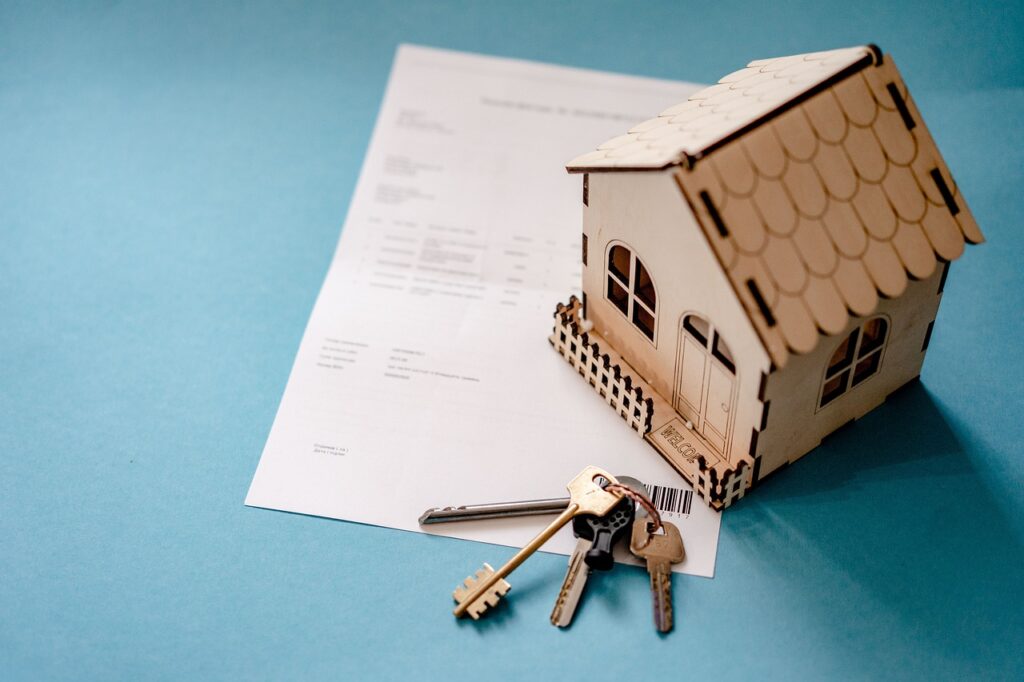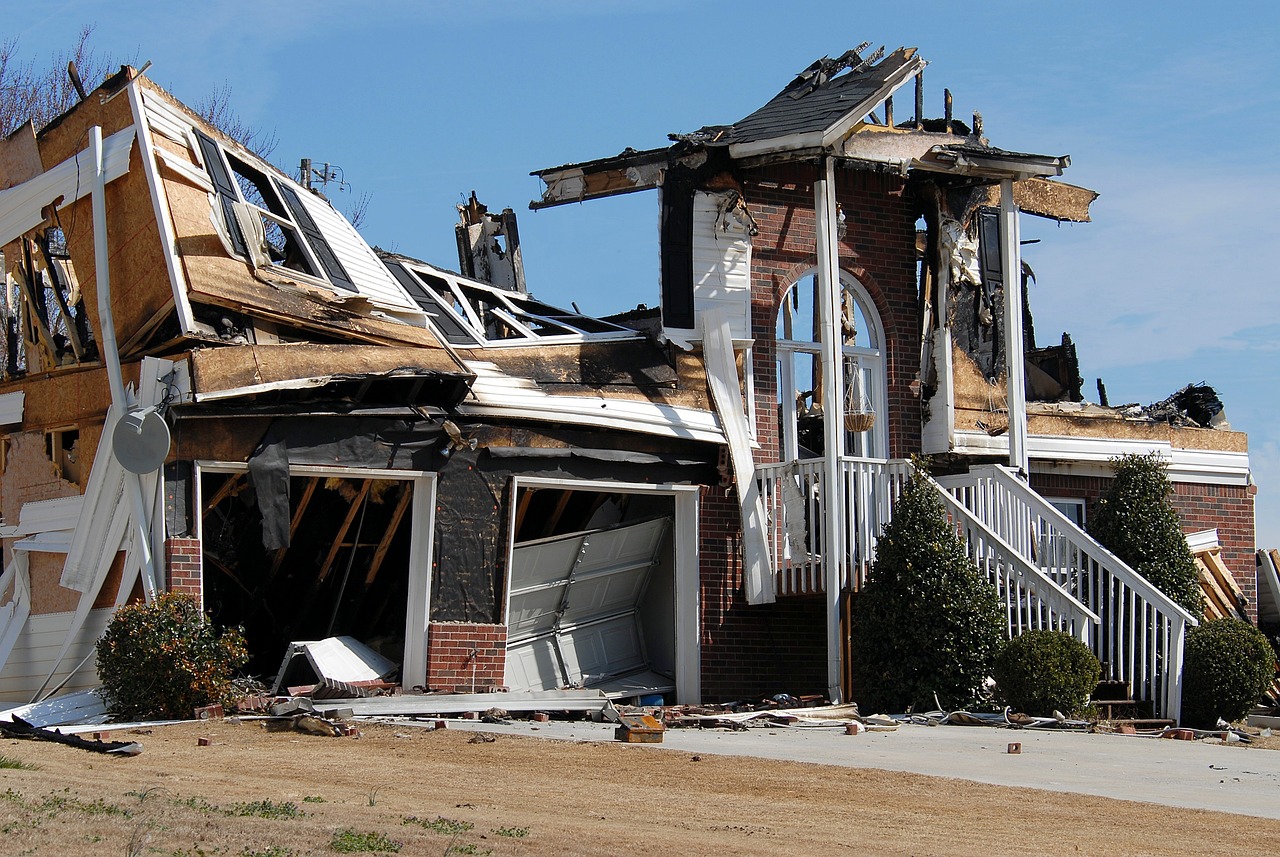Home insurance, also known as homeowner’s insurance, is a crucial aspect of homeownership that protects one of the most significant investments in a person’s life. Whether you’re a first-time homeowner or have owned a house for years, understanding the intricacies of home insurance is essential for safeguarding your property and financial stability. This article aims to provide a detailed overview of home insurance, covering everything from its definition and importance to the types of coverage available and tips for choosing the right policy.
What is Home Insurance?
Home insurance is a type of property insurance that provides financial protection against losses and damages to an individual’s residence, along with furnishings and other assets in the home. It also offers liability coverage against accidents in the home or on the property. A standard home insurance policy typically covers damage caused by various perils such as fire, theft, vandalism, and certain natural disasters.
Why is Home Insurance Important?
- Protection Against Financial Losses: Home insurance helps mitigate the financial burden that can arise from unexpected damages or losses to your property. Without insurance, homeowners would have to bear the full cost of repairs or replacement, which can be substantial.
- Mortgage Requirement: Most mortgage lenders require borrowers to have home insurance as a condition for granting a loan. This requirement ensures that the lender’s investment is protected.
- Liability Coverage: Home insurance policies provide liability coverage, which protects homeowners from legal claims and medical expenses if someone is injured on their property.

- Peace of Mind: Knowing that your home and belongings are protected allows homeowners to have peace of mind, knowing they are prepared for unforeseen events.
Types of Home Insurance Coverage
Home insurance policies typically offer several types of coverage. Here are the main ones:
- Dwelling Coverage: This covers the physical structure of the home, including walls, roof, floors, and built-in appliances. It ensures that if your home is damaged or destroyed by a covered peril, the cost of repairs or rebuilding will be covered.
- Other Structures Coverage: This covers structures on your property that are not attached to your main house, such as garages, sheds, fences, and guesthouses.
- Personal Property Coverage: This covers personal belongings inside the home, including furniture, electronics, clothing, and other personal items. It can also provide coverage for belongings away from home, such as items in a storage unit or with you while traveling.
- Liability Coverage: This protects homeowners from financial liability if someone is injured on their property or if the homeowner causes damage to someone else’s property. It covers legal fees, medical expenses, and any court-ordered compensation.
- Additional Living Expenses (ALE) Coverage: If your home becomes uninhabitable due to a covered peril, ALE coverage will pay for temporary living expenses, such as hotel bills, restaurant meals, and other costs associated with being displaced from your home.
- Medical Payments Coverage: This provides coverage for medical expenses if someone is injured on your property, regardless of fault. It helps cover minor injuries and medical bills without needing to go through a liability claim.
Types of Home Insurance Policies
Home insurance policies come in different forms, known as “policy forms,” which offer varying levels of coverage. The most common policy forms include:
- HO-1: Basic Form: This provides minimal coverage, typically covering only ten named perils, such as fire, lightning, and theft. It’s the least comprehensive and least common type of home insurance.
- HO-2: Broad Form: This offers broader coverage than the HO-1, covering additional perils like falling objects, weight of ice or snow, and water damage from plumbing issues.
- HO-3: Special Form: The most popular and comprehensive form of home insurance, the HO-3 policy covers all perils except those specifically excluded in the policy. It provides extensive coverage for the dwelling and personal property.
- HO-4: Tenant’s Form: Also known as renter’s insurance, this policy is designed for tenants and covers personal property and liability but does not cover the structure of the building.
- HO-5: Comprehensive Form: Similar to the HO-3, the HO-5 policy offers even broader coverage, often including higher limits for personal property and more coverage options.
- HO-6: Condominium Form: This policy is tailored for condominium owners and covers personal property, liability, and the interior structure of the unit.
- HO-7: Mobile Home Form: Designed for mobile or manufactured homes, this policy provides similar coverage to the HO-3 but is specifically adapted for mobile homes.
- HO-8: Older Home Form: This policy is for older homes with a replacement cost that exceeds the actual cash value. It provides coverage similar to the HO-1 but is tailored to meet the needs of older homes.
Factors Affecting Home Insurance Premiums
Several factors influence the cost of home insurance premiums. Understanding these factors can help homeowners make informed decisions when selecting a policy:
- Location: The geographic location of the home plays a significant role in determining insurance premiums. Homes in areas prone to natural disasters, such as hurricanes, earthquakes, or floods, may have higher premiums.
- Home’s Value and Replacement Cost: The value of the home and the cost to rebuild it affect the premium. Higher-value homes or those with expensive features may have higher premiums.
- Deductible Amount: The deductible is the amount the homeowner must pay out of pocket before the insurance coverage kicks in. Higher deductibles generally result in lower premiums, but homeowners should ensure they can afford the deductible in case of a claim.
- Coverage Limits: The amount of coverage chosen for dwelling, personal property, and liability affects the premium. Higher coverage limits result in higher premiums.
- Home’s Age and Condition: Older homes or homes with outdated systems (e.g., plumbing, electrical) may have higher premiums due to the increased risk of damage or failure.
- Security Features: Homes with security systems, smoke detectors, and other safety features may qualify for discounts on premiums.
- Claims History: A homeowner’s past claims history can impact their premium. Multiple claims or a history of high-value claims may result in higher premiums.
- Credit Score: In some states, insurers use credit scores to determine premiums. Homeowners with higher credit scores may receive lower premiums.
Tips for Choosing the Right Home Insurance Policy
Selecting the right home insurance policy can be challenging. Here are some tips to help homeowners make an informed decision:
- Assess Your Needs: Evaluate the value of your home and belongings to determine the appropriate level of coverage. Consider factors such as the cost to rebuild your home, the value of personal property, and your liability needs.
- Compare Quotes: Obtain quotes from multiple insurance providers to compare coverage options and premiums. Ensure that you are comparing similar coverage levels and deductibles.
- Check the Insurer’s Reputation: Research the insurance company’s reputation, financial stability, and customer service. Look for reviews and ratings from reputable sources to ensure you are choosing a reliable insurer.
- Understand Policy Exclusions: Carefully read the policy to understand what is covered and what is excluded. Be aware of any specific perils or situations that are not covered by the policy.
- Bundle Policies: Consider bundling your home insurance with other insurance policies, such as auto insurance, to qualify for discounts.
- Review and Update Your Policy Regularly: Regularly review your home insurance policy to ensure it continues to meet your needs. Update your coverage as necessary, especially after significant home improvements or purchases.
- Ask About Discounts: Inquire about available discounts, such as those for security systems, smoke detectors, or claims-free history. Taking advantage of discounts can help reduce your premium.
Common Home Insurance Myths
There are several misconceptions about home insurance that can lead to misunderstandings or inadequate coverage. Here are some common myths and the truth behind them:
- Myth: Home Insurance Covers All Types of Damage: Reality: Home insurance policies have exclusions and limitations. It’s important to understand what is covered and what is not, and consider additional coverage for specific risks.
- Myth: Flood and Earthquake Damage Are Covered by Standard Policies: Reality: Standard home insurance policies typically do not cover flood and earthquake damage. Separate policies or endorsements are needed for these risks.
- Myth: Home Insurance Is Only Necessary for Homeowners: Reality: Renters and condominium owners also need insurance to protect their personal property and liability. Renter’s insurance (HO-4) and condo insurance (HO-6) are designed for these situations.
